A loud “SKREEE” sound is repeated every few seconds for hours on end and can be heard a quarter mile away. The sound is hard to track down, especially since the hawk may be concealed within the tree canopy. The young red-tailed hawk has flown away from the nest but is hungry and cannot yet fend for itself, so it repeatedly begs its parents for food. The parents will bring food, but at the same time they want Junior to learn to hunt, so a bit of hunger and begging is tolerated despite the loud sounds. Imagine the noise if there are two or even three fledglings all begging at the same time!
Osprey are fledging now too, so their loud “kiiiiss” will add to the sounds we hear.
Where to start is the question, since there were three birds of special interest spotted this week. Perhaps the most unusual is a stilt sandpiper first spotted by Pete Gilmore and Lanny McDowell on July 20 in some of the salt pannes in the marshes on the Sengekontacket Pond side of State Beach. It was spotted later that day by Jeff Peters near Trapps Pond.
The next two species are seen every fall, but neither could be considered common: royal tern and yellow-crowned night-heron. The former was found by Allan Keith at Norton Point on a falling tide on July 20 with common terns and laughing gulls, and was seen later that day by Lanny McDowell and Pete Gilmore. Jim Swozzo found the yellow-crowned night-heron as he kayaked around the perimeter of Felix Neck on July 21; its profile, beak shape, and small white spots on its back and wings separated it from the much more common black-crowneds.
Jeff Peters spotted two other summertime regulars at Black Point Pond on July 21: there were four lesser black-backed gulls and a breeding plumage black tern. Both species have become more abundant in recent years.
Whip-poor-wills are hard to see and are not calling very much at this time of the year, especially in mid-morning. So I was surprised to find one on July 24, sleeping in a shrub thicket near the southern meadow at Fulling Mill Brook. They are not seen in the daytime very often! I also was able to see black-capped chickadees, both a downy and a hairy woodpecker feeding recently-fledged youngsters, and a recently-fledged ovenbird following its parent across the path and along the trail loop west of Fulling Mill Brook. Shea Fee heard them calling at night at Wasque on July 20.
A lot of wading birds are around. On July 25, Lori and Matt Pelikan canoed from Sepiessa Point to Town Cove and found four species of herons (green, black-crowned night, great blue and great egret), along with spotted sandpipers and a couple of belted kingfishers. Steve Allen found three great egrets and a snowy egret at Felix Neck on July 23. A day earlier, the Felix Neck early birders saw a green heron. Other green herons were seen by Lanny McDowell and Pete Gilmore on Norton Point on July 23, Doug Schultz at Crystal Lake, Dennis Main at Hines Point, and I at the Menemsha channel all spotted them on July 24.
Spotted sandpipers may well be at peak abundance now. In addition to Lori and Matt Pelikan’s sighting mentioned above, Jane Seward spotted them at Felix Neck on July 22, the same day Bob Shriber found two at Lobsterville Beach. Jacob and Walt Looney and I found one at Eel Pond on July 23, Dennis Main found one on Norton Point on July 24, and the next day he spotted six at Cedar Tree Neck. Also that day, Caroline and Sarah Heald found them at Chappaquonsett and Phil Edmundson saw them on the south shore near Watcha Pond,
Susan Whiting and Warren Woessner found five laughing gulls at Lobsterville Beach on July 21; Jeff Bernier and I spotted several at Little Beach on July 22; Lanny McDowell and Pete Gilmore saw a couple of them on Norton Point on July 23; Caroline and Sarah Heald found one at Chappaquonsett on July 24; and Phil Edmundson spotted some near Watcha Pond on July 25.
The usual shore birds are on the tidal flats with the laughing gulls: short-billed dowitchers, greater yellowlegs, black-bellied plovers, semipalmated plovers, piping plovers, sanderlings, least sandpipers, semipalmated sandpipers, willets and oystercatchers. These species are fairly common on our beaches and have been observed by multiple observers.
House wrens were spotted by Luanne Johnson near Katama Road on July 22, and she notes that they have nested in nest boxes this year. In past years, I have observed them through the nesting season in southern Edgartown. Caroline and Sarah Heald saw them at Chappaquonsett on July 25.
Other songbird sightings include cedar waxwings and both prairie and pine warblers reported by the Felix Neck early birders on July 22; also at Felix Neck, Steve Allen has been seeing kingbirds, goldfinches, chimney swifts, and a flock of starlings conducting their fancy aerial maneuverings (a murmuration). Matt Pelikan notes that red-winged blackbirds are also gathering into flocks. Jordan Chazin observed a saltmarsh sparrow at Trapps Pond on July 22, and on July 25 Dennis Main observed a mockingbird carrying food at Wasque, confirming their nesting. Sharon Simonin also reports that her house sparrows are now producing their second brood of youngsters in her bird box.
Finally, Dennis Main found a wood duck at Cedar Tree Neck on July 25.
Please email your sightings to birds@mvgazette.com.
Robert Culbert is an ecological consultant with Nature Watch LLC living in Vineyard Haven.

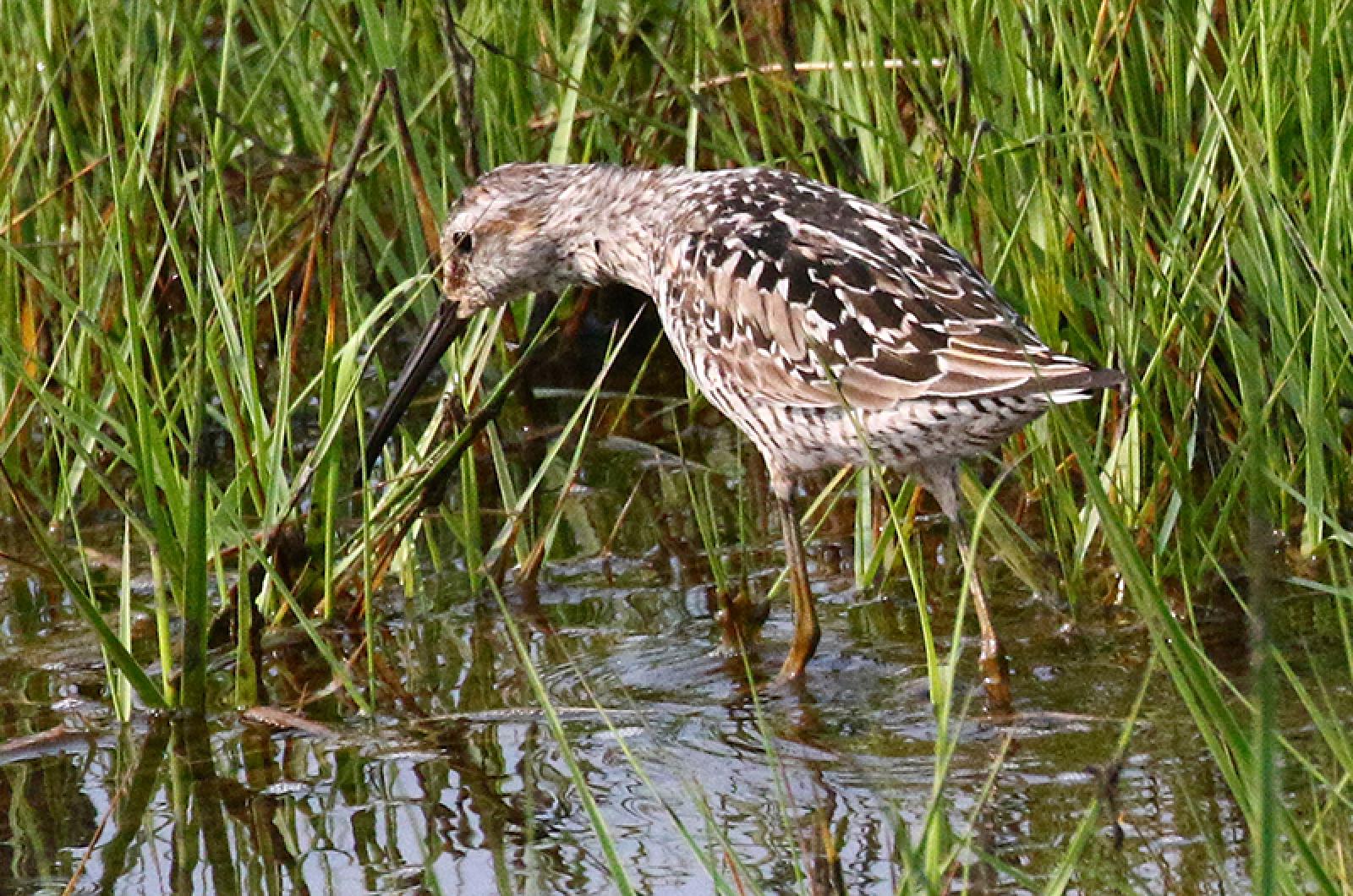
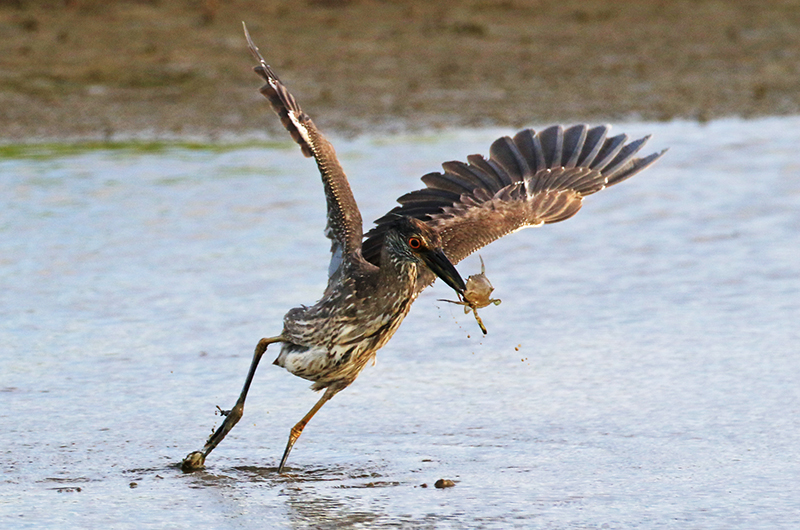

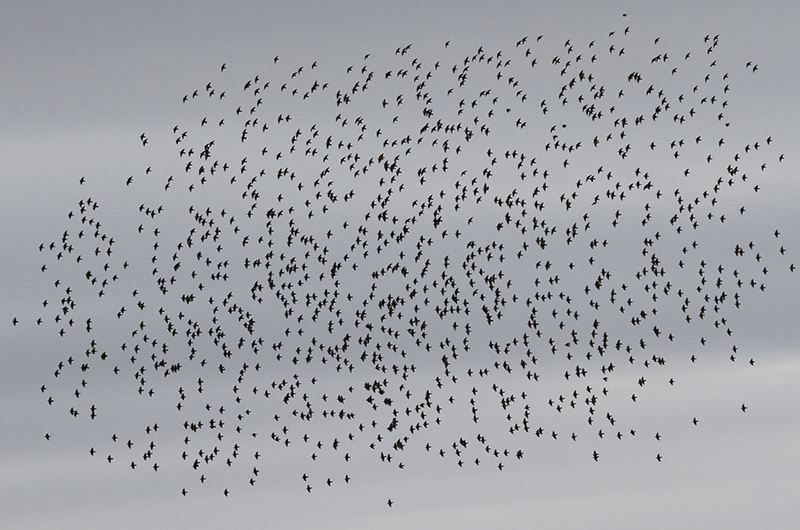
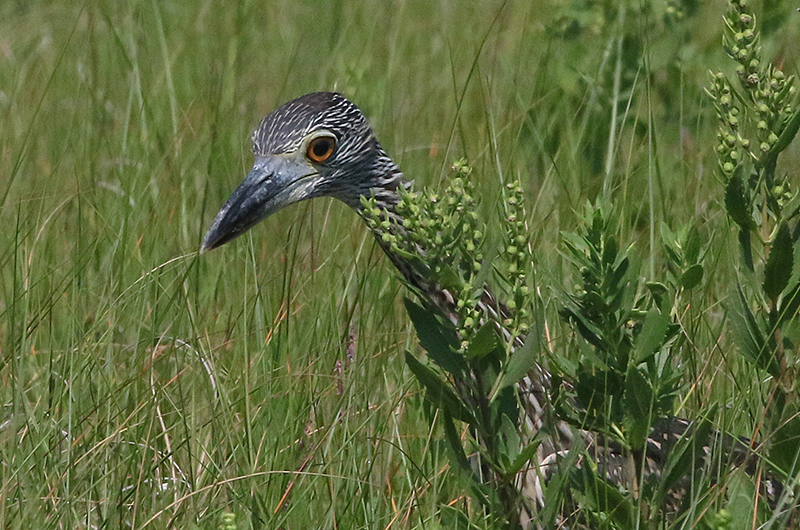
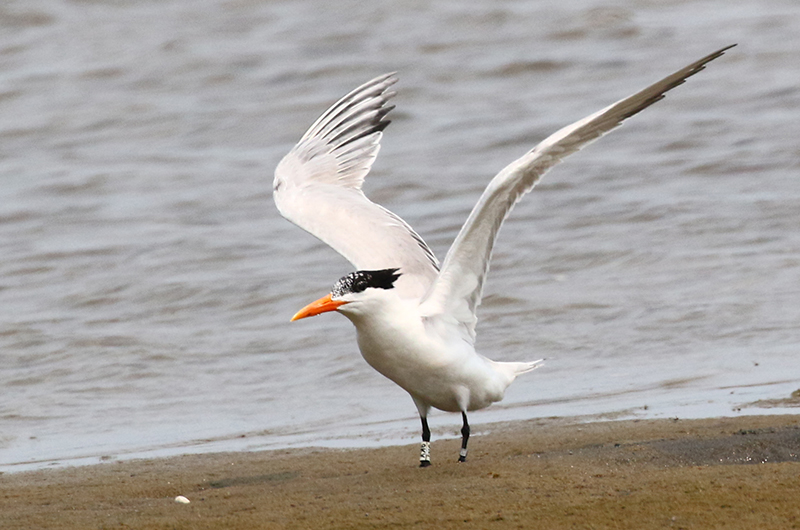
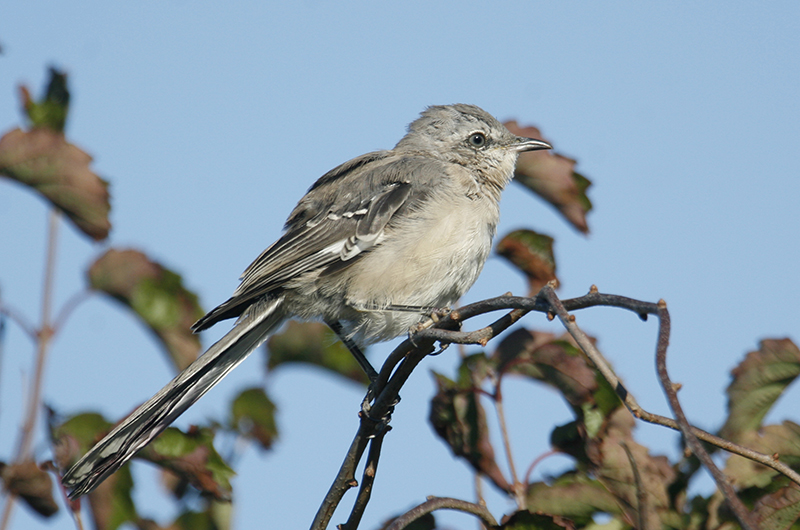


Comments
Comment policy »